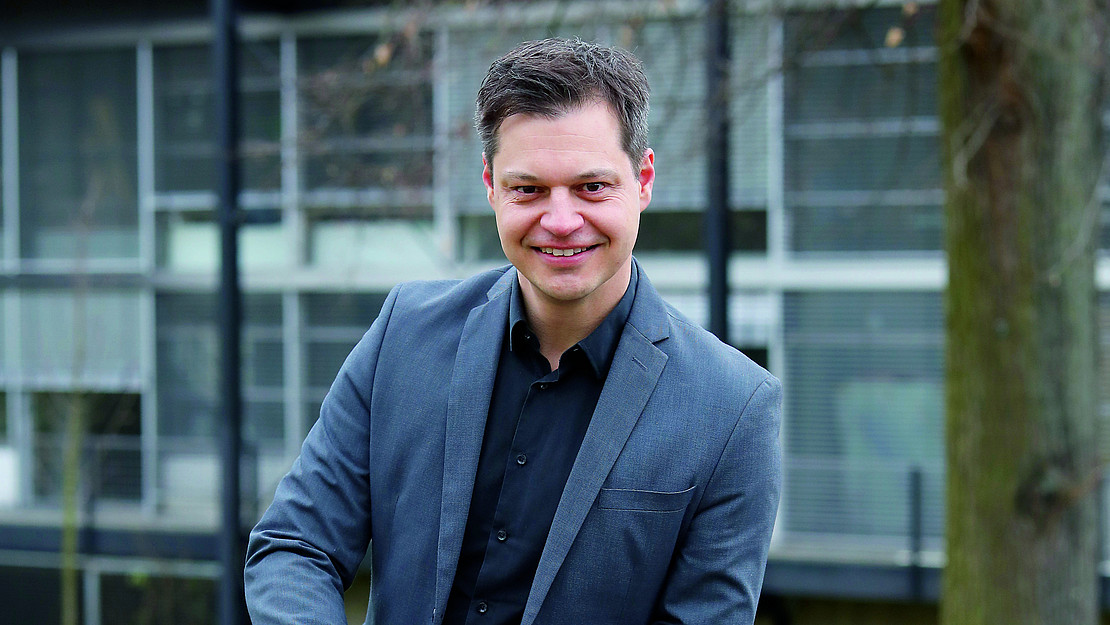This page contains automatically translated content.
"We also have to take care of the images of hate."
 Image: Andreas Fischer
Image: Andreas Fischer"Questions of design initially preoccupied me during my studies of theater studies and German language and literature in Leipzig. Then I moved to Karlsruhe to study art history and philosophy. Later, I completed my doctorate and habilitation there. After an assistantship, several teaching positions and two substitute professorships, I've been in Kassel for a year now, and during that time I've noticed: there's a lot to do - both in terms of content and structure.
The art academy has distinctive practical areas of the highest quality. It would therefore be important to dovetail theory even more closely with practice. I see this as a challenge, because such a task brings new orientations. One of the questions is, for example: What can theory look like for the work of practice students? To this end, I would like to establish cooperation with other departments and carry out joint projects.
This approach first became concrete when we hosted the 2019 conference of the German Society for Design Theory and Research with students. The content of the event was related to one of my research projects, the design of the New Right. I am interested in what design tools the New Right uses to succeed politically. From clothing to graphic solutions to appearances in social media, everything involves aesthetic choices - a topic that is depressingly deeply connected to Kassel: The right-wing extremists' roars of triumph and the eloquent silence of New Right parties in response to the NSU murder in Kassel and the attack on District President Walter Lübcke revealed how close the connections are.
It also became clear, however, that the hate currently being articulated on the Internet no longer appears only in texts. Many people think of hate speech only in terms of language. But it is primarily images that fuel hate, that give it form and shape. That's why I'm currently researching such hate images. The aim is to show how hate is aestheticized in order to dishonor, devalue, and discriminate against people - and what possibilities there are for responding to and rejecting it.
Thus, I understand design not only as the design of a chair or a piece of clothing. I take a broader view and include social, cultural and political aspects. Society and design are inextricably linked. These relationships should be made conscious, classified and interpreted. As a scientist, I see my role as engaging in social debates and presenting my research to the public in an engaged way."